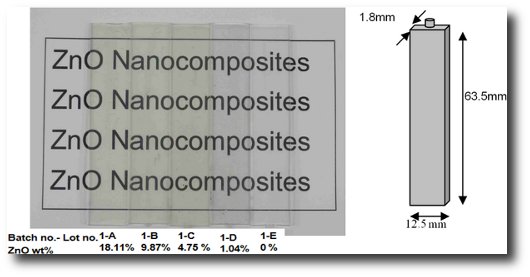Texas A&M University

Minhao Wong
![]()
|
| Personal Info:
I received my B. App. Sci (Hons) in materials engineering from Nanyang Technological University, Singapore in 2001. Following that, I did two years of postgraduate studies in Texas A&M University and obtained an M.Sc in mechanical engineering in 2003. My master thesis was “The development of scratch test methodology and characterization of surface damage of polypropylene”. After receiving my master degree, I decided to accept an offer to work for a company in Osaka, Japan (Kaneka Corp.) as an industrial polymer scientist. It was a very challenging job, since I understood only basic Japanese (basic greetings, self-introduction etc, after which I would be totally lost in a conversation) and my training did not prepare me to design and synthesize polymers, which was a major component of my new job. Luckily, I had some very patient and friendly colleagues who taught me how to blend in with the locals and how to do the chemical reactions. Blending in entails following local customs, and that usually requires a lot of after-work drinking at the local bar or restaurant. It was not all fun and play. Working in a company means that a lot of the work I did was sensitive to the market. Project term life was usually a year or less and there were deadlines to be met constantly. Fortunately, I was able to come up with some good ideas and they were converted into patent applications. Some of the work I did in the company was of high enough quality to be published in a top academic journal. After four years working in an industrial lab, I realized my true passion was in research. I decided to do a PhD and came back to TAMU in 2008. Hobbies: My hobbies are camping, hiking, running, rock-climbing and skiing. I picked up skiing while I was living in Japan and I was instantly addicted to the sport. Sometimes, I wish I were living somewhere else where thereis a mountain with a ski resort nearby, but this may be a blessing in disguise. I would probably be spending all my time skiing and neglecting my PhD research if I were. |
PUBLICATIONS |
|
Patents Applications |
|
Industrial Standards |
|
Peer-reviewed Articles |
|
| Awards: | |
| 2011 | 3rd Prize Award, Polymer Modifiers and Additives Division (PMAD) Challenge Technical Writing Contest |
| 2010 | PMAD (Polymer Modifiers and Additives Division) Scholarship at the Polyolefins conference in Houston |
| 2009 | 2nd Place PTIC poster winner |
Contact Information Email:wong1108@tamu.edu |

